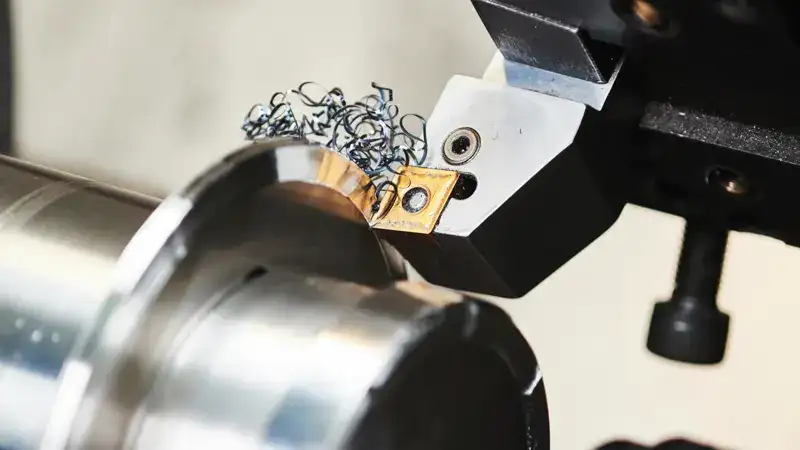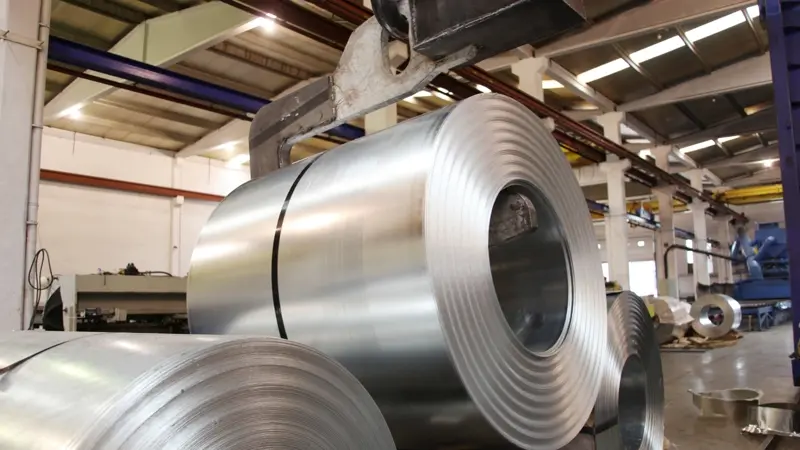Mechanical metal cutting tools are essential for machinists when it comes to molding, shaping, and tailoring metal parts. These tools are critical for precision and efficiency across numerous sectors such as automotive, aerospace, and general manufacturing. With a broad selection of metal cutting tools on the market, it is imperative to be knowledgeable about their various types and applications to achieve the best results and meet specific metalworking project requirements.
Table of Contents
Types of Mechanical Metal Cutting Tools
Metal cutting tools play a critical role in manufacturing, reshaping or trimming a workpiece through controlled distortion. These tools are grouped into multiple categories, each designed for specific operations and materials. Selecting the right tool for metal cutting hinges on the characteristics of the workpiece, such as its shape and the metal type. This careful selection is vital to achieve precision and efficiency during the cutting process. The following list encompasses the major categories of mechanical metal cutting tools.
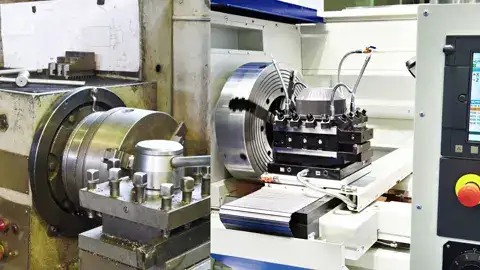
1. Lathes: The Foundation of Machining
Lathes are a cornerstone of modern machining, essential for shaping materials in the metalworking industry. These versatile and precise machines are key to producing objects with symmetrical shapes. They spin the material around a stationary axis, allowing a range of operations such as cutting, sanding, knurling, and drilling. Each function is carried out with extreme precision.
Lathes come in various types, from manual ones operated by skilled machinists to advanced CNC (computer numerically controlled) lathes. The latter are wonders of automation that can turn digital designs into physical parts with speed and precision. The continuous improvement of lathe technology highlights its vital role in an industry where accuracy drives progress and traditional craftsmanship blends with technological advancements.
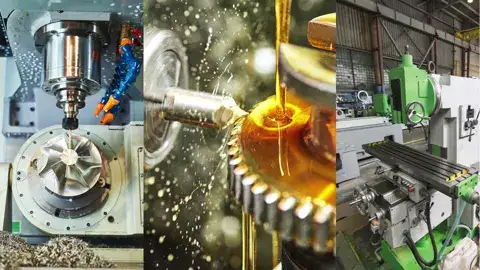
2. Milling Machines: Precise and Versatile
Milling machines are a cornerstone of innovation and precision in mechanical manufacturing. These machines specialize in cutting away material from workpieces using rotary cutters that achieve impressively accurate results. They mainly come in two types: horizontal and vertical mills, each named after the cutter’s orientation. Horizontal mills excel in heavy-duty operations where strength is essential, while vertical mills are better suited for detailed tasks since they allow precise cuts with a clearer view of the process. With technological progress, multi-axis milling machines have emerged, greatly expanding capabilities.
These advanced tools can move on several axes at once, making it possible to create complex shapes and three-dimensional designs that were once impossible with older equipment. The ongoing development of milling technology is pushing the boundaries of design and manufacturing, enabling precision engineering that is only limited by our creativity.
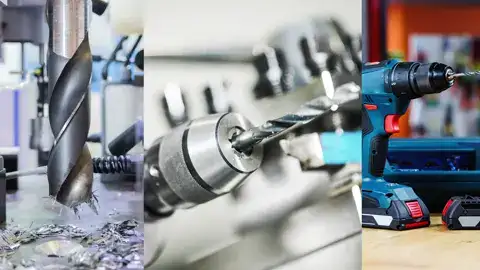
3. Drills: Precision and Power
Drills are crucial when it comes to mechanical metalworking, known for their efficiency and precision in making exact holes. They have a wide range of uses, able to create holes of different sizes in a variety of solid materials for both industrial and craft purposes. Drills come in many forms: hand-held drills are small and easy to manage, especially useful for working in limited spaces; bench drills provide a more accurate result due to their stable setup; and sophisticated milling machines offer drilling functions for complex tasks that require high precision and adaptability.
Whether for mass production or detailed craftsmanship, each type of drill is key to helping users complete their specific projects, making them an important tool for both professionals and hobbyists.
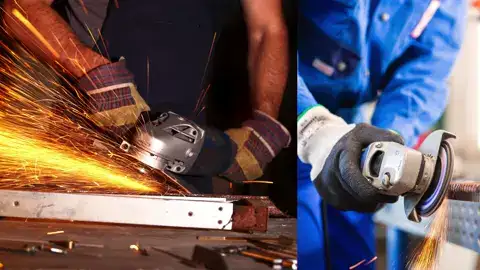
4. Grinders: Smoothing the Surface
In metalworking, grinders are essential for ensuring that each piece of metal meets strict standards for smoothness and precision before it’s considered complete. These machines employ a process called abrasion to finely shape and smooth materials to the desired finish. Among them, cylindrical grinders are used to refine the surfaces of cylindrical items to precise dimensions and tolerances. For flat surfaces, surface grinders are used, carefully traversing the plane to remove any flaws and create an even finish.
Tool & cutter grinders have a different purpose – they sharpen and form various cutting tools so that each can cut with the highest accuracy and effectiveness. These specialized grinders collectively serve crucial functions in shaping and finishing metal products, enhancing their performance and visual quality.
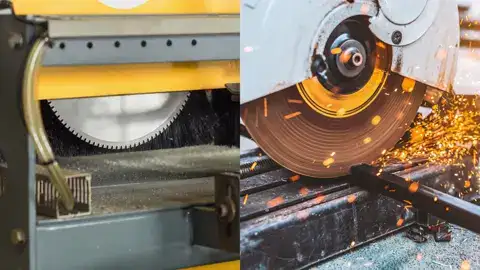
5. Saws: Sectioning Material
In the field of mechanical metal cutting, various specialized tools are used to precisely size and section materials. Among these tools, saws are the fundamental equipment for reducing large pieces into smaller, more manageable sizes. The bandsaw is distinguished by its continuous looped blade, ideal for creating detailed and complex shapes rapidly and with precision. In contrast, the hacksaw is equipped with a fine-toothed blade designed for making precise straight cuts through metal with relative ease, making it the tool of choice for projects requiring exact work.
Circular saws are employed when quick, neat cuts are needed on flat surfaces. Their rotating discs are especially efficient at cutting through thicker materials. Jigsaws complete the range of tools by providing the capability to cut intricate and curving lines. Their small, narrow blades facilitate highly precise cutting in confined areas or where detailed work is necessary.
6. Broaches: Precision Groove-Cutting
Broaching machines are precision tools ideal for creating grooves or recesses in materials. They utilize a broach, a tool tailored with a specific tooth pattern to cut intricate shapes accurately. Broaches can create round, square, or uniquely shaped holes in one pass, which is highly efficient and precise. This single-pass technique reduces production time considerably and is preferred for mass production of components with precise groove requirements. Broaching machines have revolutionized manufacturing, improving the production of parts that range from delicate watch components to large industrial machinery, by enhancing process efficiency and precision.
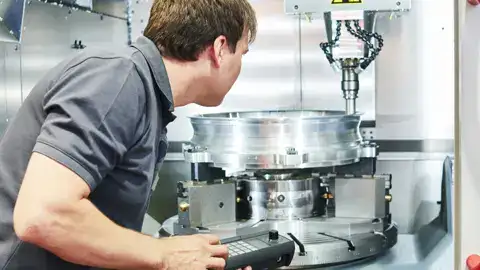
7. Shapers and Planers: Mastering Flat Surfaces
Shapers and planers are tools designed for precision in creating flat surfaces and precise grooves. Though similar in aim, their working methods differ. A shaper uses a single-point cutting tool that moves back and forth to carve the material. This reciprocating movement, combined with the linear motion of the workpiece, enables the shaper to remove material accurately, resulting in a smooth finish with exceptional control.
On the other hand, a planer works oppositely by keeping the workpiece still and moving the cutter over it. This is especially useful for larger, more unwieldy materials that need stability during machining. Shapers and planers both play a critical role in manufacturing, providing the capability to produce both high-volume items and detailed custom pieces with precise flatness.
The Importance of Choosing the Perfect Cutting Tool
Choosing the right tool is crucial for every aspect of production. The decision should be based on a thorough understanding of key factors, such as the type of material being worked on. Whether it’s stainless steel, aluminum, or brass, each requires a specific tool designed to handle its unique qualities and to make precise cuts. The accuracy needed in the end product is also vital, especially in industries like aerospace and medical where even tiny errors are not tolerated, necessitating tools that can uphold tight tolerances. The finish of the surface matters too; achieving a smooth, burr-free result often requires tools that are extremely sharp and long-lasting.
Additionally, we must consider the production volume—tools for high-volume production need to stay effective over numerous uses, while cost factors should be carefully weighed against these performance requirements. In essence, the right cutting tool is fundamental to both the quality of each part and to the overall efficiency and success of a project. Selecting this tool is about finding an optimal balance of technical know-how and hands-on experience that will positively impact the entire manufacturing process.
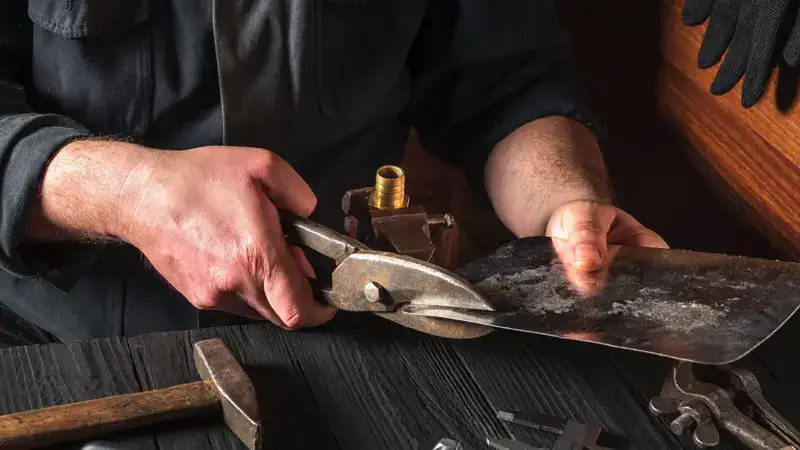
The Bottom Line
In the manufacturing industry, metal cutting tools are essential for forming and trimming workpieces. These tools are sorted into categories according to their specific functions and the types of materials they are meant to shape. Selecting the right tool requires an in-depth knowledge of the workpiece, including its shape and the kind of metal it’s made from. With this understanding, the correct tool can be chosen to cut metal with precision and efficiency. It is crucial to carefully select these tools to ensure manufacturing tasks are completed successfully.
